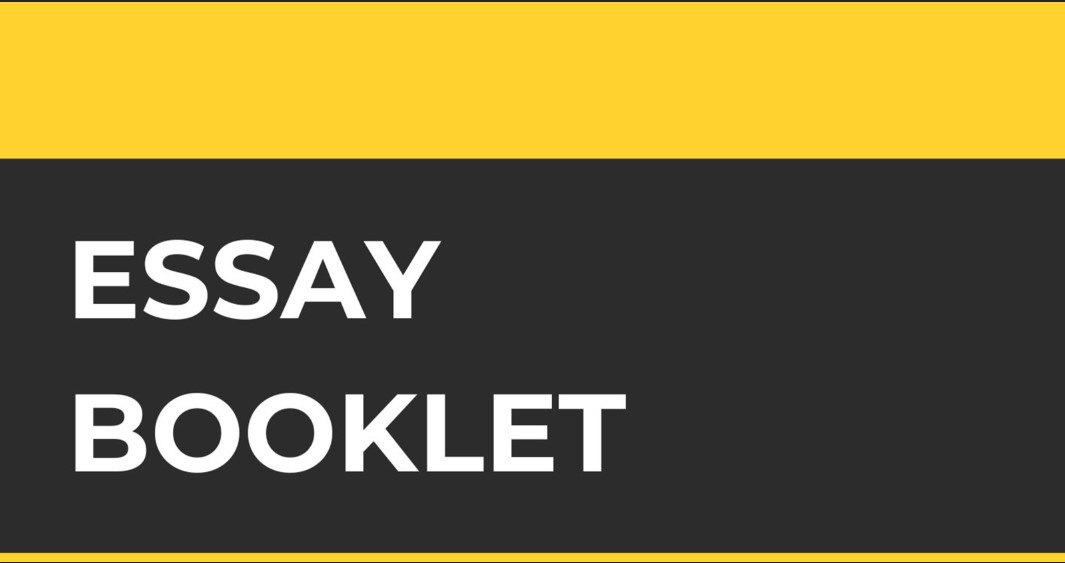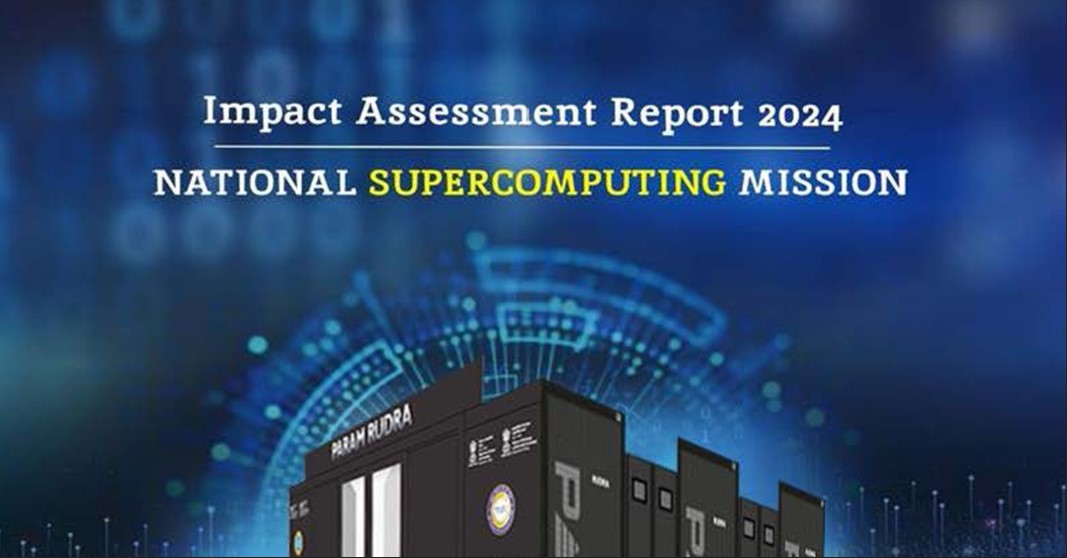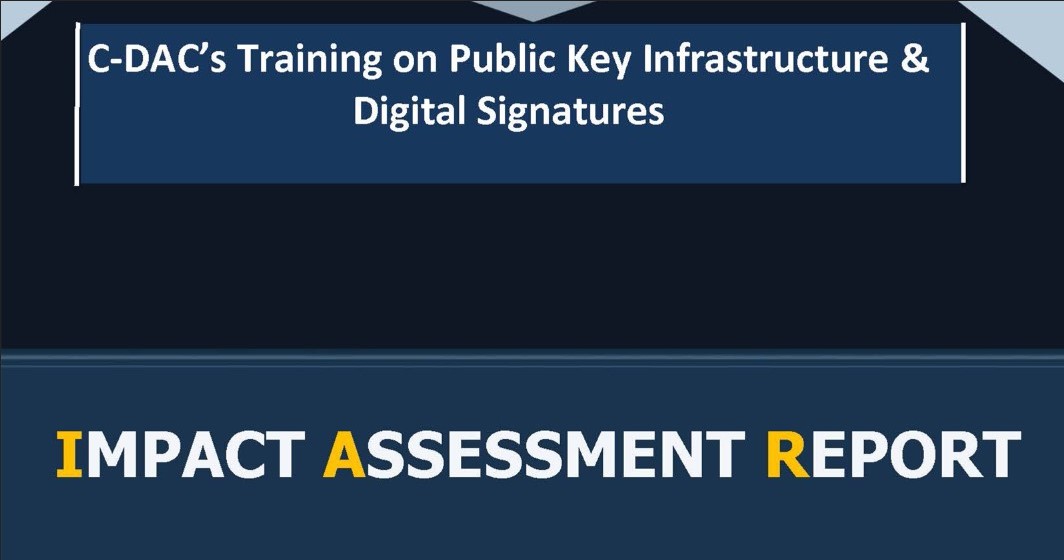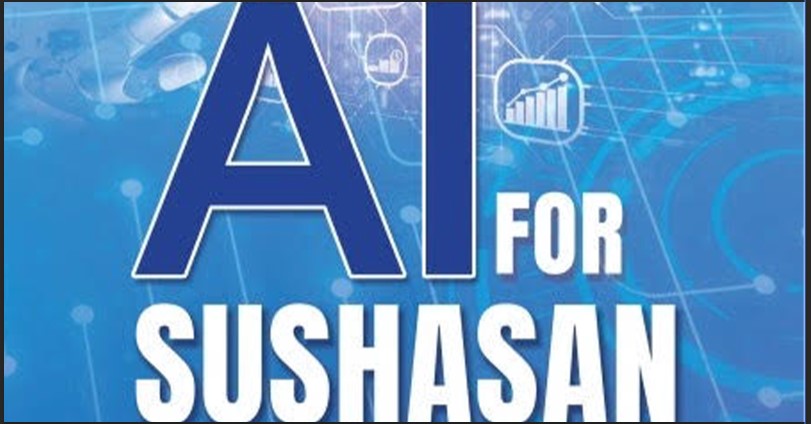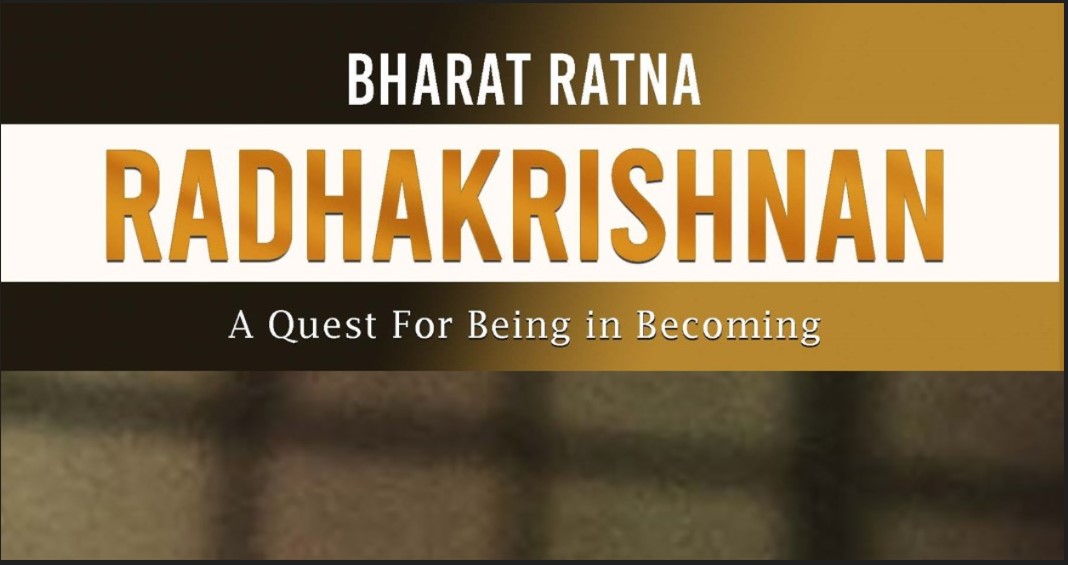ENVISAGING ARTIFICIAL INTELLIGENCE Equipped Modern Health Care Facilities in Rural India through the Corridor of SDG 2030
Sustainable Development Goals (SDGs) epitomize global aspirations, encompassing a broad spectrum of targets aimed at fostering a prosperous, inclusive, and sustainable world. Central to these goals is the recognition that health is an indispensable element for every individual across the globe. According to WHO, “Health is a state of complete physical, mental and social well-being and not merely the absence of disease or infirmity”. It serves as a foundation for thriving communities and resilient economies. Health is interlinked with various other SDGs, such as poverty eradication, quality education, and reduced inequalities. By prioritizing health, we pave the way for achieving broader development objectives, ensuring that everyone, regardless of their background or location, can lead a life of dignity and opportunity. In this way, health becomes both a goal in its own right and a crucial enabler for the realization of all other Sustainable Development Goals.
In the context of India, considering SDG Goal 3, "Good Health and Well-Being," there are 13 targets and 38 indicators in the National Indicator Framework (NIF), adopting the framework of the Global Indicator Framework (GIF). As of June 29, 2024, the GIF encompasses 248 indicators, of which 231 are unique, and there are 290 national SDG indicators in the NIF, according to a report released in June 2024 by MoSPI. Like the Global Indicator Framework, the National Indicator Framework is also evolving; there were 306 indicators in June 2019, and now there are 290 indicators in June 2024. Consequently, the Government of India has established a High-Level Steering Committee (HLSC) on SDGs under the Chairmanship of the Chief Statistician of India (CSI) & Secretary, MoSPI to periodically review and refine the NIF. This committee includes members from NITI Aayog, the Ministry of Home Affairs, the Ministry of Health and Family Welfare, the Ministry of Environment, Forest and Climate Change (MoEFCC), the Ministry of Finance, and MoSPI.
In the horizon of progress towards SDG 2030, most states are making efforts to achieve the targets by addressing the various defined indicators within the stipulated timeline. Each state may have its own sub-national level/state Indicator Framework (SIF) based on geographical, cultural, and economic aspects, defined in consultation with national, state, and district level counterparts. For example, Madhya Pradesh has 299 SDG State Indicators (SIF), of which 176 are adopted from the NIF, as mutually decided by departments after consultation. Budgetary allocation for the Department of Health Research has seen a considerable increase, rising from Rs. 1323.67 crore in 2016-17 to Rs. 3001.73 crore in 2024-25, reflecting a 227% increase in budget allocation (SDG NIF Report, MoSPI June 2024). Health research is an area with significant scope for work. Currently there are around 17 health/medical research institution across India; there should be at least one national-level health-specific medical R&D institution in every state to ensure the saturation of quality services. The expansion of infrastructure, along with the creation of posts, may be one of the key drivers of success, considering the population of the nation and the required healthcare facilities. We should plan for the requirements considering the demographic dividend.
Status Updates
According to recently released report ‘SDG India Index 2023-24’ by NITI Aayog, overall score of India for SDG Goal 3 was 52 in 2018, whereas in the recent report of 2023-24 India has achieved 77 and under front runner category, all the states & UTs are under front runner (Green) category excluding only 5 states/UTs under the performer (Yellow) cate gory. The appended table is explains the updated status for the indicators which have been considered for measuring the performance of the state under competitive federalism. The details are as follows:
If we critically analyse the above details, we can conclude that out of the 11 indicators, the target for 1 indicator has been achieved. For more than 6 indicators, we are on track to achieve the target ahead of the timeline. The indicators over which the department or government has less control, and where the community has a higher stake, may still be achieved by the defined timeline. For example, the suicide rate is significantly influenced by the community’s peculiar psychology. Additionally, various stakeholders and departments are involved in managing this particular indicator. According to the report, the updated status of the indicators pertaining to the goal SDG 3 ‘Health and Well-being’ for the nation is as follows:
• Eight states have achieved the targets in the case of SDG 3.1.
• Nine states and 2 UTs have achieved the targets in the case of SDG 3.2.
• Four states and 3 UTs have attained the national target of 100 percent immunization of children aged 9–11 months.
• One state and 4 UTs have achieved the target for Tuberculosis case notification.
• HIV incidence per 1,000 uninfected population in India has remained the same at 0.05 for 3 years until 2022; Kerala reported 0.01, and J&K and Ladakh had 0.02 in the case of SDG 3.3 & 3.d.
• Life expectancy was 70 years of age as per Sample Registration System (SRS) from 2016-20, with Delhi and Kerala reporting the highest life expectancy.
• In the case of SDG 3.4, Bihar has the lowest suicide rate at 1 per 100,000 population.
• In the case of SDG 3.6, Tamil Nadu has the highest, whereas 3 states and 2 UTs have achieved the target.
• In the case of SDG 3.7, Lakshadweep has achieved the target of institutional deliveries, whereas 15 States & 5 UTs are close to achieving the target with more than 99 percent institutional deliveries in each.
• In the case of SDG 3.8, Chhattisgarh has the lowest monthly per capita out-of-pocket expenditure (OOPE) on health as a share of Monthly Per-capita Consumer Expenditure (MPCE) at 6.6 percent, while Kerala and Arunachal Pradesh have the highest value at 17 percent. Among the UTs, Ladakh and Jammu and Kashmir have the highest OOPE at 18.6 percent. Reducing OOPE is a common goal for improving public health systems and ensuring equitable access to healthcare.
• In the case of SDG 3.c, 17 States and 2 UTs have achieved the national target of 45, with Kerala leading among the states and Delhi leading among the UTs.
We should deliberate the data period, data periodicity also while comparing the performance of states/UTs and preparing for India. Six indicators have been taken for the period of 2022-2024, rest are for FY 2019-20 or prior to the said period.
Auditions
One of the main areas of concern is that people in India do not prioritize health, meaning most people do not have a health-seeking behavior for themselves or their children/wards. The underlying causes may include other priorities such as work, daily chores, social structure, economy, and the availability of facilities at a reasonable cost. However, health often ends up being a low priority with minimal attention. In the case of children, immunization up to 1 year is quite prevalent, but only 83.8% of children aged 12 to 23 months are fully vaccinated based on vaccination card information, according to the National Family Health Survey (NFHS)-5 India report (2019-21). This analysis shows that 16.2% of children are not fully vaccinated and are not adequately cared for by their guardians/parents. There is a weaker immunization trend in urban areas, where private facilities are more abundant compared to rural areas. These gears reflect a need to update health services similarly to how ASHA & ANMs cater to rural parts of India. According to the NFHS-5 report, it is also apparent that rural children are more likely to receive any service from an AWC (72%) than urban children (56%), reflecting the effectiveness of AWCs. Furthermore, it has become common practice that if someone has a fever, they visit a nearby medical store and take medication without proper consultation, rather than visiting a doctor’s clinic for formal healthcare, especially in urban areas. Efforts are being made to increase the number of medical colleges and qualified medical health professionals to address the significant shortage of human resources, but this may take at least 6-7 years. According to a published article1, 89.7% sought treatment, and out of them, 79.2% adopted formal healthcare, reflecting the need to understand the underlying causes for the remaining percentage and to plan corrective measures accordingly.
Conceptual Efforts and Fortification of Digital Technology
The government is making rigorous efforts in approach, along with advancements in the medical technology. In line with these efforts, the author here quotes a recently released advertisement by the Ministry of Health and Family Welfare (MoHFW) on July 11, 2024, World Population Day, features a poster depicting a parent with a single child in the backdrop. This reflects the changing ‘contemporary need’ which concept of efforts to encourage the public to perceive and fast track the act on these long-standing issues. Another example is the ‘Sampoornata Abhiyan,’ being implemented by NITI Aayog in collaboration with sub-national/state and district officials directly at the grassroots level under the Aspiration Block Program. This program is active in 500 underdeveloped blocks across the nation. There are three health indicators deliberated to achieve 100% coverage within a three-month period (July–September 2024). The first indicator is the registration of ANC (Antenatal Care) in the first trimester, while the second and third indicators focus on the screening of hypertension and diabetes. These three indicators are prioritized as part of a mission mode under the Aspiration Block Program. These special initiatives are equipped with awareness campaigns and other important drives to ensure that the services reach the unreached deserving population. The Annual Development Programme (ADP) and Aspirational Blocks Programme (ABP) programs focus on improving governance to enhance citizens’ lives and improve service delivery in the remotest and least developed districts/blocks of the nation. We need to now plan for basic health-related medical digital gadgets that ensure well-being and, if possible, alert us in advance to potential health issues before they become emergencies. We may have infotainment based digital gadget to improve the health seeking behavior. The important aspect is accessibility and availability from each corner of the panorama including digital divide, economic inequalities, social and cultural impediment, technology solutions etc.
Artificial Intelligence has several aspects that can be articulated in the public health domain, including machine learning, natural language processing (NLP), computer vision, expert systems, robotics (such as surgical robots or service robots), speech recognition (transcription services), voice-activated assistants, predictive analytics, genomic data analysis, wearable technologies and IoT, and telemedicine. These branches of AI can be integrated into primary healthcare to enhance patient care, improve outcomes, and streamline healthcare delivery. Furthermore, scope of work lies for articulation in reference to emerging areas viz, impact of climate change on health, influence over health due to extreme weather conditions, mental health etc. I would like to propose that facilities like Community Health Centres (CHCs) and Primary Health Centres (PHCs) equipped with modern digital technologies should have the same capacity in all aspects of the health domain viz, infrastructure and especially in case of service delivery to the poorest individuals, comparable to the services provided in private hospitals of metro cities by 2047. This approach would build more confidence among poorer populations in government facilities, which they could access with minimal expenditure. Out-of-pocket expenditure (OOPE) should be minimal, particularly for those who need it most. We need to redefine OOPE, considering the provision of private medical insurance, the statement calls for a more comprehensive approach to calculating OOPE that includes the mitigating effects of private medical insurance. This would provide a clearer understanding of the true out-of-pocket costs for individuals and the overall effectiveness of private insurance in reducing financial strain. Community-related programs are most successful when community participation and involvement are high, ensuring accountability and a sense of ownership for the program or services.
It is 2024, and there are twenty-three years left to ensure that our dreams come true! Recently, most states have been engaging in the Vision 2047 exercise, and urbanization will also affect services. It is expected that by 2047, around 53% of India will be urbanized, according to sources. Urbanization is directly coupled with improvements in infrastructure and, consequently, the availability of facilities.
We need to ensure modern, digital technology-equipped healthcare services considering preventive and primary healthcare at the PHCs and PHCs levels in the near future, so that we can gradually upgrade the healthcare domain. The availability of topnotch health facilities will reduce the unnecessary burden on tertiary facilities for common diseases, also resulting in reduced pressure on related services such as diagnostics, lab work etc, This will positively impact the general public by reducing expenses, long queues, and wait times. ‘A’ grade facilities equipped with modern digital technologies will certainly help reduce out-of-pocket expenditure and positively impact India’s GDP, contributing to the concept of healthy living.
References
• GoI MoSPI. (2023). Sustainable Development Goals, National Indicator Framework, Progress Report. New Delhi. National Statistic Office.
• GoI MoSPI. (2024). Sustainable Development Goals, National Indicator Framework, Progress Report. New Delhi. National Statistic Office.
• Indian Institute of Population Studies. (2019-21). National Family Health Survey 5. Mumbai. Ministry of Health and Family Welfare.
• NITI Aayog. (2023-24). SDG India Index. (4th Version). New Delhi. NITI Aayog. Government of India.
• Yadav Rajaram, Zaman Kamran, Ayush Mishra, Reddy M.M., Shankar Prem, Yadav P., Kumar K. and Kant Rajani. (2022). Health Seeking Behaviour and Healthcare Utilization in a Rural Cohort of North India.
